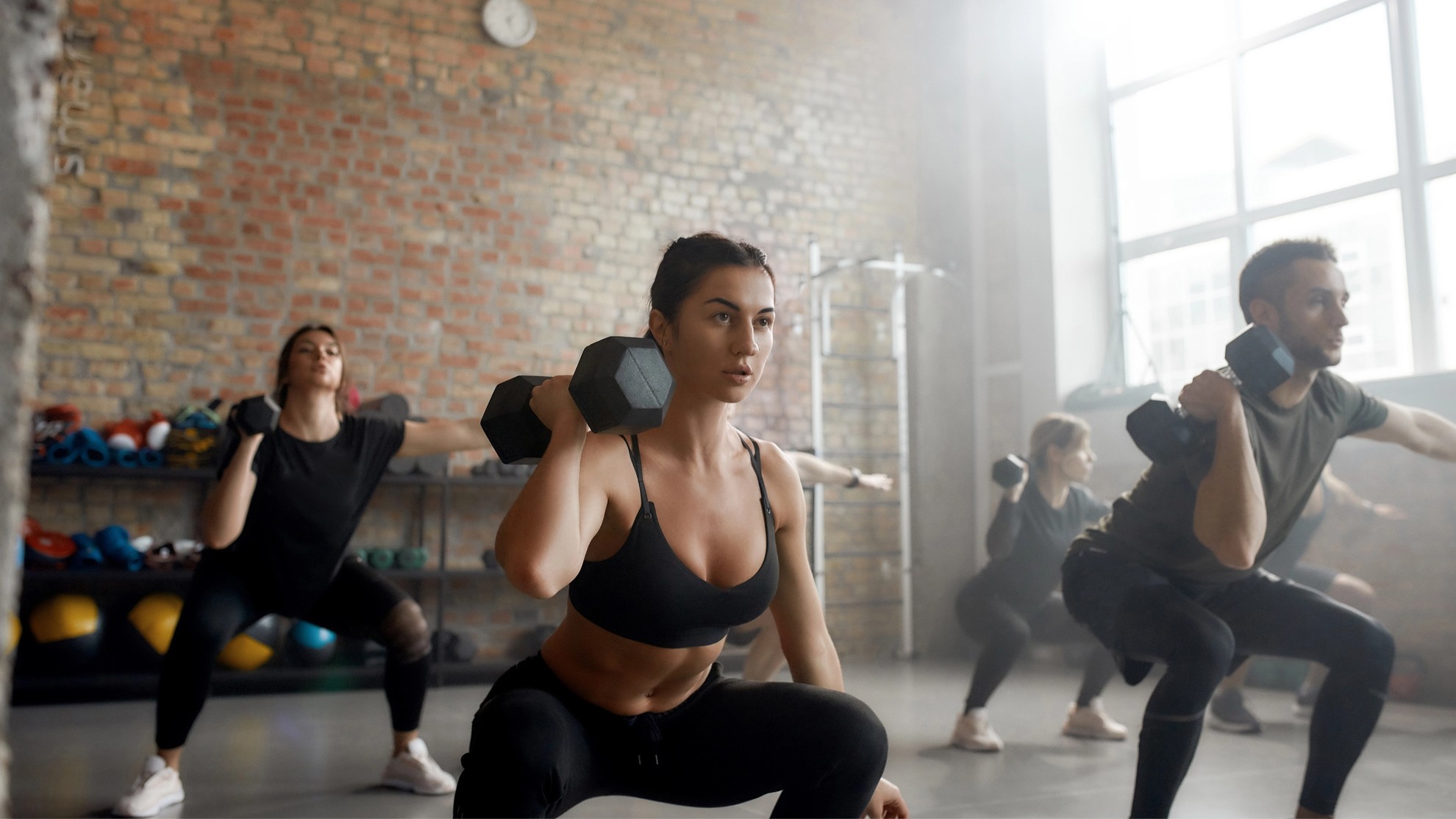by Katie Weisenberger, DPT, CSCS
Lacrosse requires quick changes of direction and constant acceleration and deceleration. As a result, some of the most common injuries in women’s lacrosse include ankle and knee ligament sprains (including ACL injuries). As high school players train for collegiate play, it’s important to prepare their bodies for the increased demand that playing at a higher level will require. With longer and more frequent practices and more intense games at the collegiate level, the risk of injury increases and injury prevention training becomes even more crucial.
An appropriate amount of mobility and stability are needed in order to safely develop the power, speed and agility to perform at top level. If there’s a lack of either of these, injury is likely to occur. Injury prevention training is important to develop safe movement patterns in order to avoid compromising positions when playing at full speed.
The most common injuries in women’s lacrosse are usually the result of a non-contact injury, meaning there is no collision with another player. This means there are things you can do to prepare your body to help reduce the likelihood that this type of injury occurs. The following mobility and stability exercises are a good place to start.
Lacrosse is a rotational sport and requires an adequate amount of thoracic (mid-back) and hip mobility. The next 2 exercises address these 2 key areas:
Wall Windmill and Open Book (5 reps each side)
Start in half kneeling position against a wall with your arms straight in front of you. Windmill-open the arm against the wall, then return to the starting position. Then open the outside arm, like opening up a book. Follow your hand with your eyes as you open up towards the opposite wall. Once you complete your reps, face the opposite direction and repeat.
Hip 90-90 Stretch (30 sec hold each side)
Sit with your front leg bent to 90 degrees directly in front of you and the other leg bent to 90 degrees directly to the side. Bend from your hips as you lean forward over the front leg. Hold then repeat on the opposite leg.
Lower body injuries account for over half of injuries sustained by high school women’s lacrosse players. The following 2 exercises are used to improve the stability of the knee and ankle to reduce injury.
Lateral Step Down (3 sets x 10 reps each side)
Stand with one leg on a stair or bench. Slowly bend your knee as the other heel reaches down for the ground. It’s crucial to keep your knee pointed forward over your 2nd toe and prevent your knee from caving inwards – a common mechanism of ACL injuries. Maintain level hips throughout the motion. This should be performed slowly and controlled.
Single Leg RDL (“Romanian Deadlift”) (3 sets x 10 reps each side)
Stand balancing on one leg. Slowly lower your chest towards the ground as your back leg rises. Maintain a straight line from your knee through your hips and back to your shoulders. Keep your back straight and core engaged. Then squeeze your glutes and hamstrings on your standing leg as you rise back up. This can be performed with or without a weight in your hand.
Feel free to reach out for further guidance on an injury prevention program!




